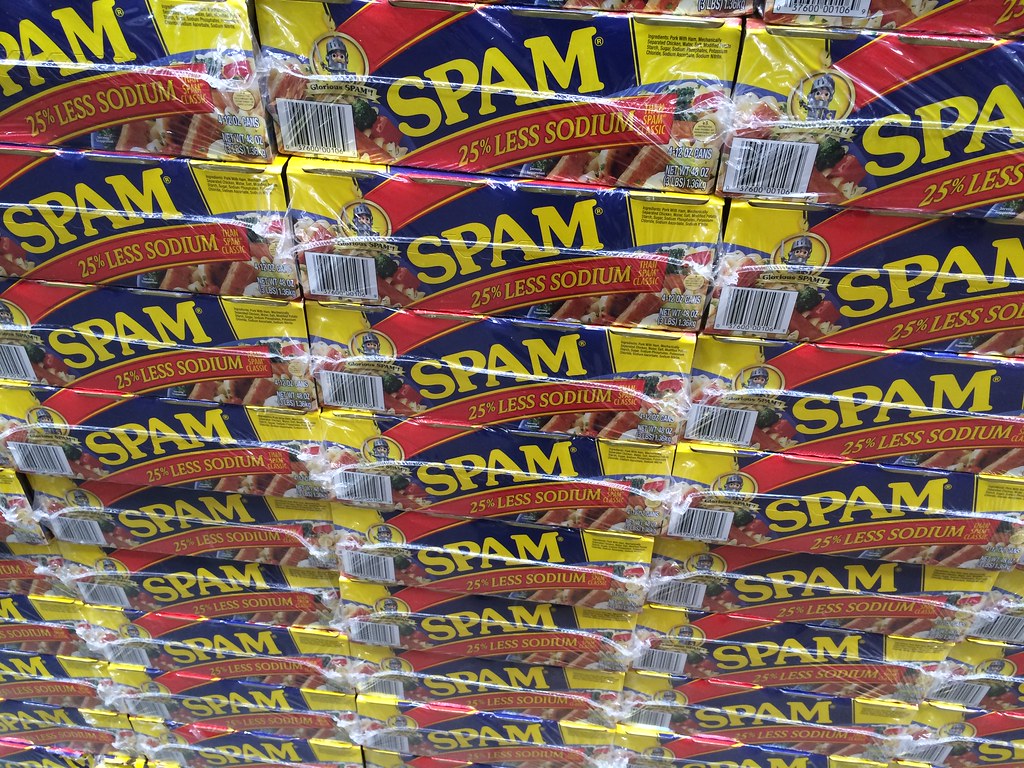The very first reason that I posited that email needed to die and that its death would be welcome sooner than later is that every day we have a greater reliance of open collaboration than ever before. This is. at the moment at least, now doctrine. In the past 24 hours, I’ve hear that from both candidate’s for the Governorship of the state of North Carolina. That’s about the only thing they agreed on.
What passes for collaboration and what facilitates group work is open for debate. Of course, a number of kludges immediately rose to the challenge. Everyone with a product or a consulting investment had an answer.
Email was at first pitched as an effective collaboration tool. What a great idea! You don’t need new technology to help you; you only need to be instructed in how to properly use email. The problem is that the learning or relearning in context is extremely difficult for humans. You can get some slight improvements. But it was immediately clear that smart calendars, simple meeting schedulers (like Doodle), collaborative writing spaces (like Google Docs), chat spaces (like Slack and HipChat) were much more effective and that the work done with those tools was almost immediately better and more satisfaction — as seen by their very quick adoption.
As I like to say it may take a short while but soon makers of tools rush in where those with older angles have already trod.
Attempts to retrofit email to make it more friendly to or at least tolerant of collaboration are numerous. I mentioned two attempts at making the in-box smarter by applying AI and machine learning in Part 1. Verse from IBM and InBox from Google. Other mail interfaces continue to kludge along as if they are a 20 century disco act at Bonnaroo. I’m looking at you Outlook.
Collaboration needs support in a variety of contexts – as I will describe later – as we see each new tool arrive, some failing and some immediately useful, we recognize how email fails us. Collaboration requires stronger context, better threading, better time shifting tools, a stronger knowledge base, and a degree of simplicity that email has never achieved






Recent Comments